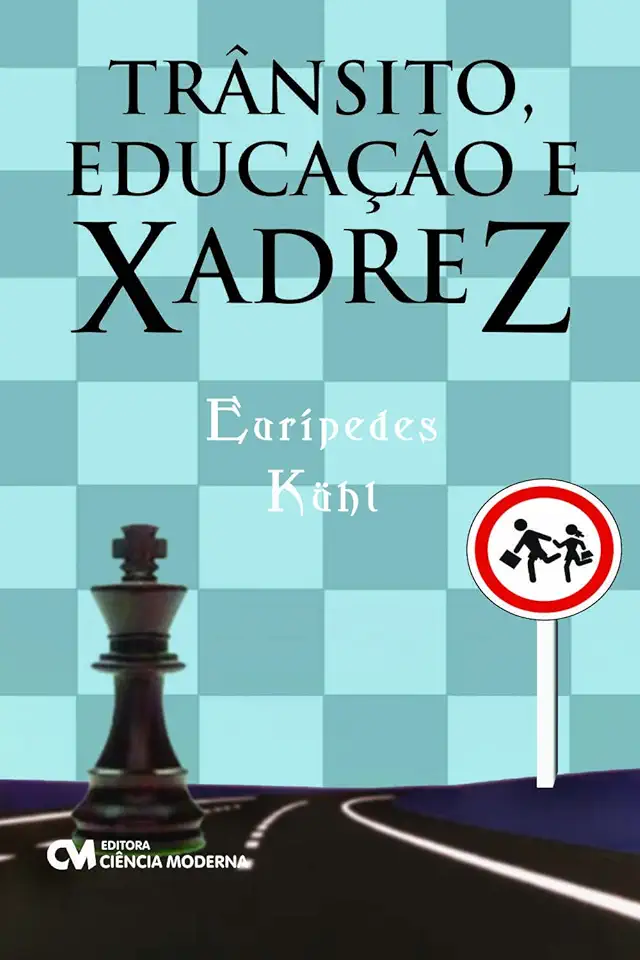
Traffic Education and Chess - Eurípedes Kuhl
Traffic Education and Chess: A Comprehensive Guide to Teaching Road Safety through the Game of Chess
Introduction
In today's fast-paced world, road safety has become a paramount concern. With the increasing number of vehicles on the roads, it is essential to educate individuals, especially children, about traffic rules and regulations. Traditional methods of traffic education often involve lectures, videos, and written materials, which can be monotonous and ineffective. However, there is a unique and engaging way to teach road safety that combines education with fun and strategy: chess.
Chess as a Tool for Traffic Education
Chess is a game that has been played for centuries and is renowned for its ability to develop critical thinking, problem-solving, and strategic planning skills. These same skills are essential for safe driving. By incorporating chess into traffic education, students can learn about road safety in a fun and interactive way.
Benefits of Using Chess for Traffic Education
There are numerous benefits to using chess as a tool for traffic education. Some of the key advantages include:
Engaging and Interactive: Chess is a game that captures the attention of individuals of all ages. By using chess as a medium for traffic education, students are more likely to be engaged and interested in the learning process.
Development of Critical Thinking Skills: Chess requires players to think critically and plan their moves strategically. These skills are directly transferable to road safety, where drivers need to make quick and informed decisions to ensure their safety and the safety of others.
Enhances Problem-Solving Abilities: Chess challenges players to solve problems on the chessboard. This problem-solving ability is essential for drivers who encounter unexpected situations on the road.
Promotes Spatial Awareness: Chess requires players to be aware of the position of pieces on the board and to anticipate the moves of their opponents. This spatial awareness is crucial for drivers who need to be aware of their surroundings and potential hazards on the road.
Fosters Patience and Discipline: Chess teaches players to be patient and disciplined in their decision-making. These qualities are essential for safe driving, as impulsive and reckless behavior can lead to accidents.
How to Incorporate Chess into Traffic Education
There are various ways to incorporate chess into traffic education programs. Some effective methods include:
Chess-Based Traffic Scenarios: Create chessboard scenarios that simulate real-life traffic situations. Students can analyze these scenarios and determine the safest and most efficient moves, just as they would in a real driving situation.
Chess Puzzles and Challenges: Develop chess puzzles and challenges that focus on traffic safety concepts. These puzzles can be used as icebreakers or as part of a larger traffic education lesson.
Chess Tournaments: Organize chess tournaments that focus on traffic safety themes. These tournaments can encourage students to apply their traffic knowledge in a competitive and fun environment.
Chess-Based Games and Activities: Design chess-based games and activities that reinforce traffic safety concepts. These games can be played in the classroom or as part of extracurricular activities.
Conclusion
Traffic Education and Chess by Eurípedes Kuhl is a comprehensive guide that provides educators, parents, and individuals with the tools and strategies to effectively teach road safety through the game of chess. By incorporating chess into traffic education, we can engage students, develop essential skills, and foster a culture of safety on our roads. Embrace the power of chess and make traffic education an enjoyable and impactful experience for everyone.